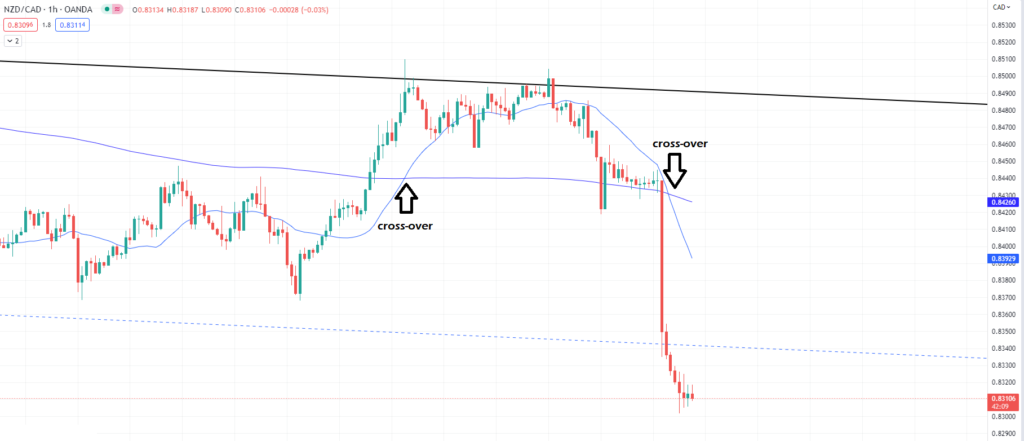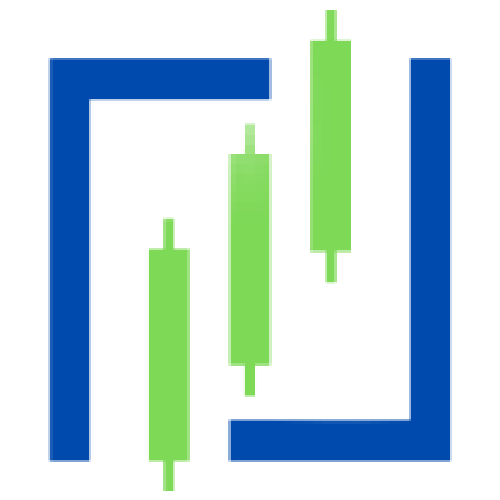Algorithmic trading, also known as algo trading, involves using computer code to automatically enter and exit trades once certain criteria are met. Algo trading can be used by all sorts of traders – from large institutional traders such as fund management firms, brokerage houses and insurance companies to big retail players and now even smaller individual retail traders. According to a 2018 study by Select USA, in the US equity markets, European markets and major Asian markets, algorithmic trading is responsible for some 60 to 75% of total trading volume. Algo trading is also very predominant in the global forex market.
Algos are often used to carry out high frequency trades with little to no user intervention in order to carry out the execution and management of trades based on various trading systems and strategies and in accordance to predetermined parameters as set by computer software. In forex, algo strategies often include (but are not limited to) trend following strategies, mean reversion strategies, arbitrage strategies, price action strategies, mathematical model-based strategies, high frequency scalping, and much more. Algos can be used to execute trades in terms of entry of positions, exit of positions, determination of position size and leverage, setting profit targets and risk management in terms of maximum risk per trade (by the determination of calculated stop-loss) or maximum drawdown of total account.
Let us say, for example, that a trader wishes to place trades for the major currency pairs at the price when a short-term moving average, like the 20-period moving average, crosses a longer-term 200-period moving average on the 1-hour timeframe chart, whilst risking 1% of his total capital with the target of making 1% profit if the trade moves in his favour (basically a 1:1 risk to reward). By using these simple instructions, a computer program can be used to automatically monitor currency prices and place buy and sell orders when the defined conditions are met. In doing so, the trader will no longer be required to monitor the charts and current prices or execute and manage trades manually as the algo trading system identifies and manages the trade in accordance with previously determined rules.

It is important to keep in mind that algorithmic trading is characterised by various benefits and shortcomings which traders need to consider in order to identify whether this type of trading is compatible with their own unique personalities, circumstances and lifestyle.
Advantages
- Algorithmic traders are subject to little or completely no involvement in the opening, closing and management of trades. This in turn removes human emotion and psychology out of trading and internal human factors such as greed and fear. This, in turn, will lead to a more systematic approach where predetermined rules are adhered to with complete consistency. For example, if a trader wishes to risk €100 with the aim of making €100 when placing a trade on a moving average crossover, as mentioned above, rules will be obeyed systematically with no questions asked. Fear of losing existing profit might sway a trader to decide to close a trade early when encountering a normal pullback – for example, closing a trade at €77 profit when it would have continued to move in favour and reach the target of €100. A trader might be greedy and not accept that the trade is going against him and decide to move his stop-loss – so what might have been just a €100 loss can result in a far bigger disaster. This should not happen when using algos where rules are obeyed to a tee.
- Increased trading activity at high speed and frequency that is impossible for a human trader. Algorithmic trading may allow for high-frequency trades which attempt to take advantage of placing a large number of orders simultaneously, at very high speeds and across multiple markets. It is often the very large institutions that are able to use high-cost algorithmic technology in order to place high-frequency trades which may enable them to place up to tens of thousands of trades in a second. But with improved technology and reduced costs, such advantages can also be exploited by average retail traders on a relatively smaller scale.
- Minimisation of human errors such as pressing wrong buttons (for example, buy instead of sell), calculating wrong position size (for example, number of lots to trade), or calculating wrong stop-loss or take profit targets.
- Provides a form of low maintenance trading. Algos can be turned on and off and managed on a regular basis but this type of trading is very low maintenance as trades are normally executed instantly and accurately in an automated manner by the software.
- The nature of automated trading reduces much time spent on actual analysis.
- Algorithmic trading can provide for backtesting of strategies by using historical and real-time data to test viability, drawdown and profit potential.
- Provides for very efficient execution of trades with the potential for best price and lowest cost.
Disadvantages
- The development and implementation of algorithmic trading systems tend to be quite costly depending on complexity and features, sometimes leading to ongoing maintenance for hardware, software and data.
- System failures and connectivity issues caused by faults in technology may disrupt the trading process which might also lead to losses.
- On a large scale, algo trading may lead to increased market volatility and instability as large high-frequency algo trades may cause significant swings in overall market prices.
- Lack of human judgment and customisation does not take into consideration any possible event which may require manual intervention. Strict rules and automated execution of entry and exits limits traders’ ability to adapt to particular market conditions (such as upcoming data releases, unexpected news or “black swan” events) and offers a very rigid mode of trading which hinders the individual trader’s intuition to market situations or current outcome of open trades.
Conclusions
Algorithmic trading is widely used by some of the largest trading firms in the world. Jim Simon’s Renaissance Technologies is an investment management firm that primarily uses machine learning and algorithmic programs in order to analyse and execute automated trading signals. Renaissance’s Medallion Fund has averaged incredible annual returns of over 60% since its inception in 1988. This illustrates the true power of algorithmic trading as a means to create long-term vast and consistent profit.
Indeed, algorithmic trading is becoming a fast popular approach to trading which obviously holds its unique set of benefits and shortcomings. This highly disciplined and systematical approach to trading can be used profitably in order to execute trades more efficiently, effectively and faster than any human trader could.

